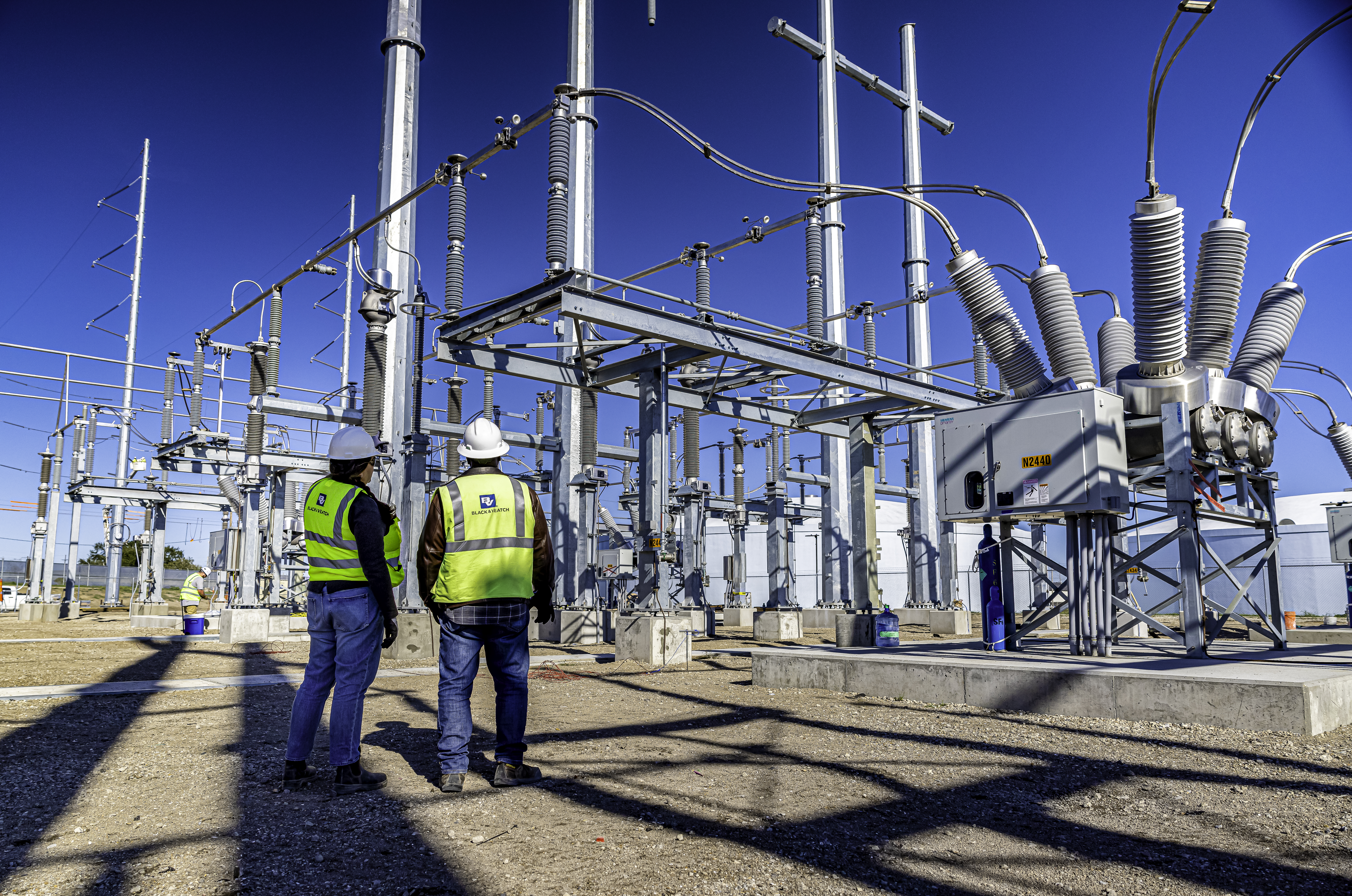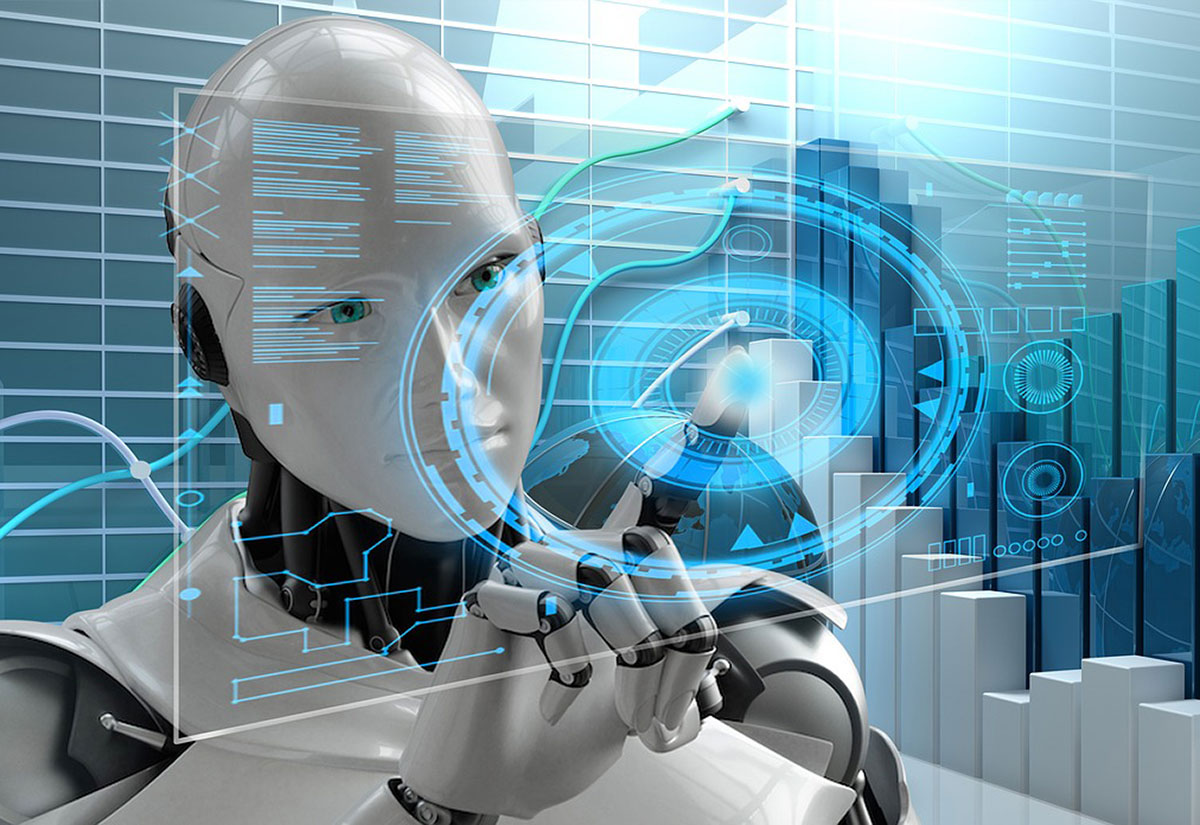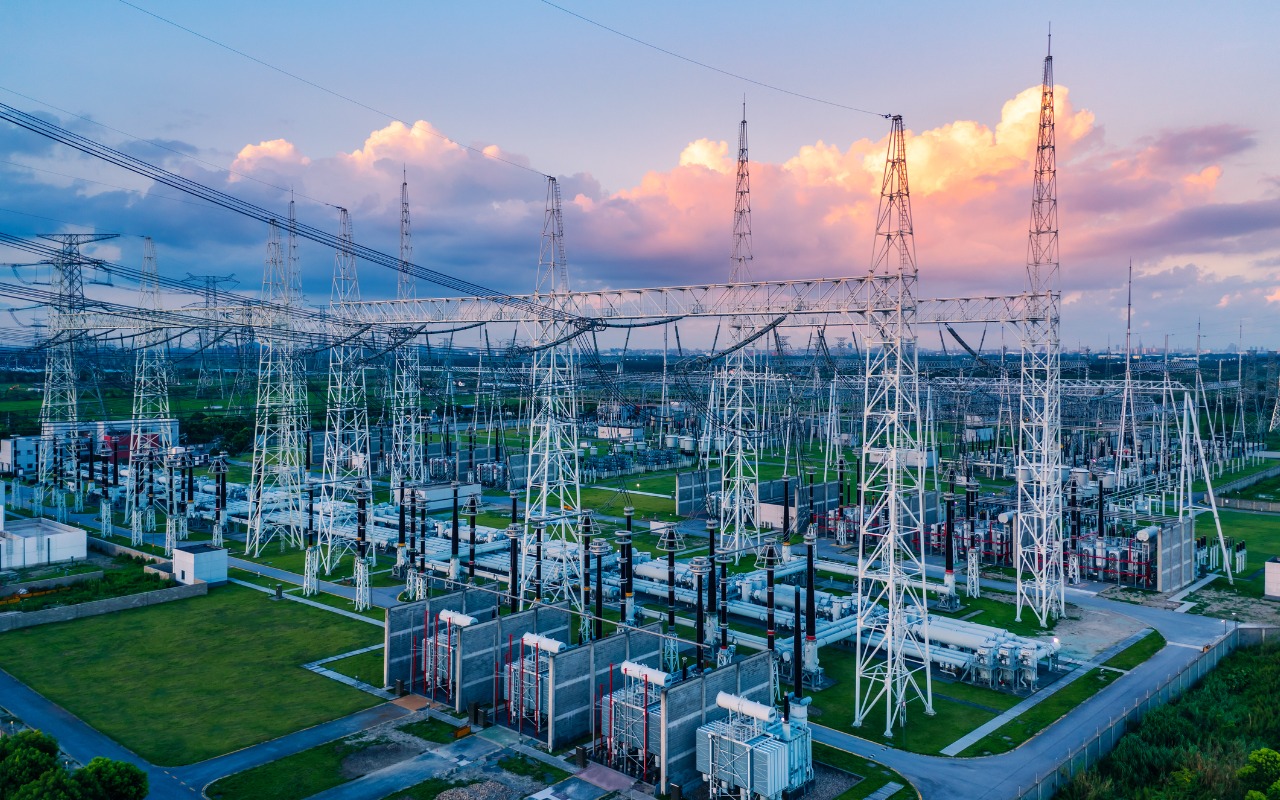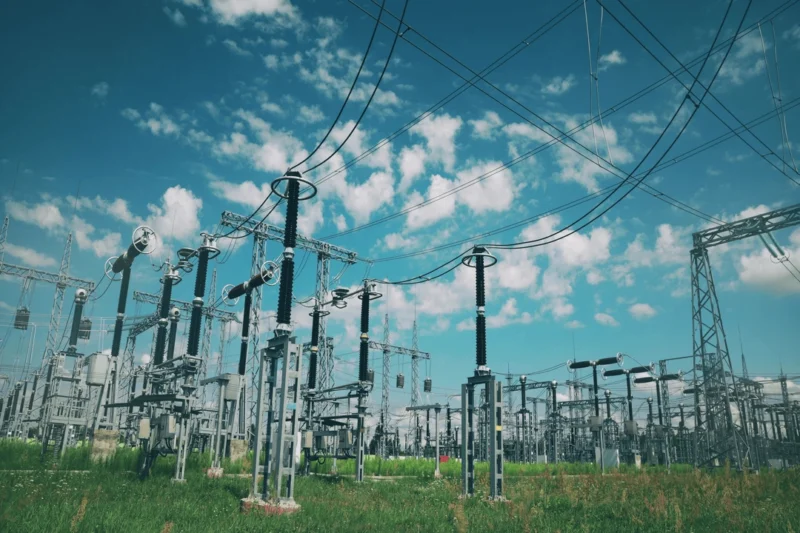As we stand on the brink of a new era in electrical engineering, the landscape of substation design is poised for a radical transformation. The integration of automation and artificial intelligence is not just a trend; its a necessity.
Traditional approaches, marked by manual processes and static systems, are increasingly unable to meet the demands of modern energy requirements. Imagine a world where substations operate with unprecedented efficiency and adaptability, where intelligent algorithms analyze real-time data to optimize performance and predict maintenance needs.
This convergence of technology speaks to a future where human ingenuity meets machine precision, forging a path toward not only enhanced reliability but also sustainability. As we delve into this fascinating evolution, the implications for safety, cost-effectiveness, and environmental stewardship become clear, heralding a shift that promises to redefine how we think about energy distribution.
The Role of Automation in Modern Substations

Automation plays a transformative role in modern substations, ushering in a new era of efficiency and reliability. Traditional manual operations, often laden with potential human error, are increasingly being replaced by sophisticated automated systems that monitor, control, and optimize energy distribution with unparalleled precision.
Imagine real-time data analytics woven seamlessly into the fabric of daily operations, allowing for rapid response to fluctuations in demand or unexpected outages. Such advancements not only enhance operational performance but also pave the way for predictive maintenance, minimizing downtime and significantly reducing costs.
As substations evolve into smart hubs, powered by automation, the landscape of energy management continuously adapts, reflecting a future where agility and resilience are paramount. This shift not only requires reimagining infrastructure but also challenges engineers and designers to innovate tirelessly, ensuring that each automated feature is not just a tool, but a catalyst for a sustainable energy future.
Artificial Intelligence: Transforming Operational Efficiencies

Artificial Intelligence is not just a buzzword; it is revolutionizing operational efficiencies in substation design in profound ways. Picture a world where predictive algorithms anticipate equipment failures before they occur, saving both time and money.
With AI-driven analytics, substations can now automatically optimize energy distribution in real-time, adapting to shifting demands with unparalleled precision. Meanwhile, the integration of advanced machine learning models allows for robust simulations, creating an innovation loop that refines design elements continuously.
As a result, traditional operational bottlenecks are disappearing, giving rise to a new era where human ingenuity collaborates with machine intelligence, leading to smarter, more resilient energy infrastructures. Hence, the future of substation design isn’t just about hardware; it’s about harnessing the intellectual power of AI to create an ecosystem of efficiency and reliability.
Integrating Smart Technologies into Substation Infrastructure

Integrating smart technologies into substation infrastructure is not just a trend; it represents a seismic shift in how we approach energy distribution and management. Picture this: sensors distributed across the grid, continuously monitoring real-time data, enabling operators to make lightning-fast decisions.
Imagine advanced AI algorithms that can predict equipment failures before they occur, significantly minimizing downtime and maintenance costs. The implementation of IoT devices allows for a seamless flow of information, creating a dynamic environment where operators communicate with machines directly, optimizing operations at an unprecedented scale.
Moreover, as renewable energy sources become more prevalent, these technologies adapt to fluctuating supply and demand, ensuring stability in the grid. In essence, the future of substations is not merely about renovation but a complete re-envisioning of energy reliability and efficiency driven by groundbreaking innovations.
Conclusion
In conclusion, the future of substation design is poised to be revolutionized by the integration of automation and artificial intelligence. As the energy landscape evolves, substation engineering and design must adapt to meet increasing demands for efficiency, reliability, and sustainability. By leveraging advanced technologies, such as intelligent monitoring systems and predictive maintenance tools, stakeholders can optimize operations, reduce costs, and enhance overall safety.
Embracing this innovative approach not only paves the way for more resilient energy infrastructures but also helps utilities transition towards a smarter grid, ultimately benefiting both providers and consumers alike. As we move forward, continued investment in automation and AI will be essential for unlocking the full potential of modern substations and ensuring they remain at the forefront of energy delivery solutions.


